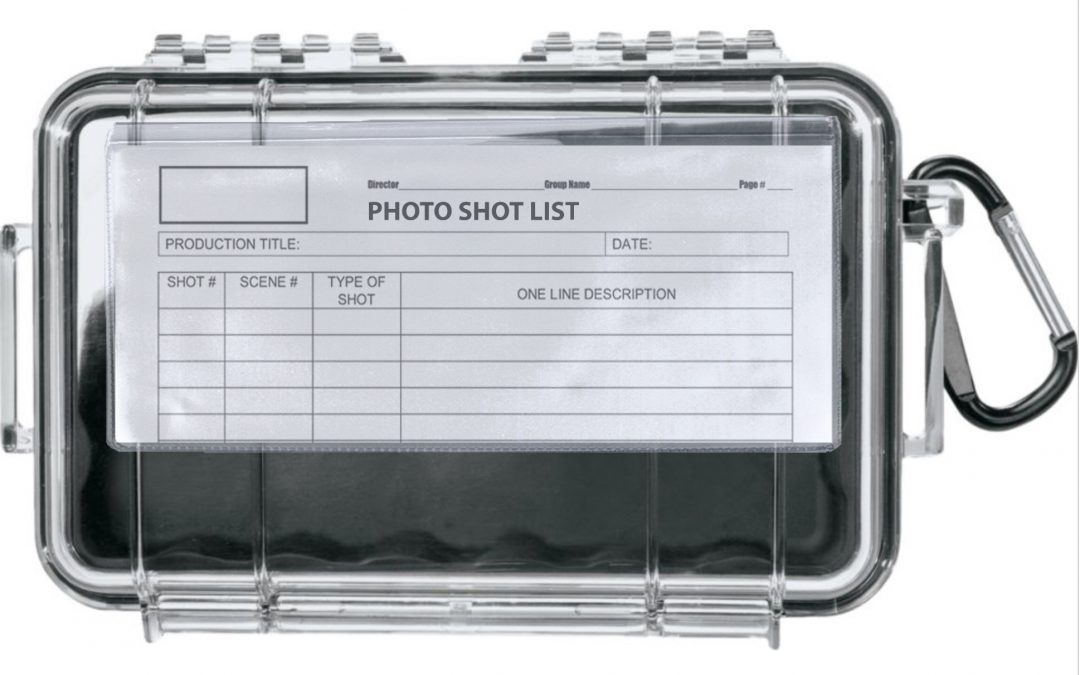Digital cameras have traveled in both directions when it comes to operational ease. The digital camera built in to your smartphone is a technical marvel in more ways than one. You basically just point it and shoot. On the other end of the spectrum, today’s high-end digital cameras are so sophisticated and adjustable that they need a thick instruction manual to operate.
High-end camera makers have been closely watching the massive change taking place in the market. Sales of Digital Single Lens Reflex (DSLR) cameras continue to decrease. Compared to 2010, sales at the end of last year dropped an alarming 81%. Non-smartphone camera makers manufactured 121 million DSLRs in 2010, but that number dwindled to only 23 million in 2016.
Well-known companies like Nikon have announced that they will focus more on high-end professional cameras and lenses. The industry as a whole has come to grips with a significantly smaller market—one that will continue to shrink as phones become known as cameras.
What hasn’t shrunk—mainly because it couldn’t get any smaller—is the instruction manuals that come with these high-end DSLR cameras. They are usually about the same dimensions as a business card, but more than half an inch thick, and printed on super-thin paper. And while some smartphones have jumped to the next level of customer demand by making the devices waterproof, most high-end DSLR cameras remain easily damaged by any kind of moisture.
It’s why camera case makers—especially those offering waterproof versions—have been searching for ways to keep on top of customer demand and satisfaction as the demand for their products shrinks at the same rate as the demand for DSLR cameras.
Something’s missing
A waterproof case manufacturer contacted us, asking for help with a challenge. “We’ve got the waterproof feature down pat,” the representative told us. “The inner case holds DSLR camera bodies and lenses securely in place. You’ll worry more about yourself than your camera and equipment if you flip over in a canoe.”
The manufacturer discovered, however, that they had missed a place for something high-end camera owners want and easily accessible, as much as the equipment itself. Actually, there are two things:
1. The tiny-but-thick instruction manual.
2. Their photographic shot-lists.
Off-the-shelf solution
We realized that we actually already had the perfect answers. Vinyl Art produces vinyl pouches for products ranging from price tags to full-size paper sheet
protectors. Thousands of in-house dies meant we could produce these pouches in just about any size. A customer could use one size for the manual, and another size for their photo shot-list.
The camera case manufacturer was not quite convinced this was the final solution. “Everything in our cases is protected from movement,” the representative said. “The inner storage pieces are already produced. We’d have to retool.”
They wouldn’t, we assured them. The Vinyl pouches could be made with adhesive backings. The pouch holding the manual could be fastened the to the inside of the case’s cover, making it easily accessible without having to remove any of the camera equipment. The customer could place the press lock pouch for the photo shot-list wherever they wanted. It would be waterproof whether they attached it to the inside or the outside of the case, and transparent so they could read it without removing it.
It took less than a day to produce a pouch with an adhesive back that would hold the average DSLR camera operation manual. There was an existing die that worked perfectly for the photo shot-list pouch.
The manufacturer had the upgrades for their waterproof camera cases in hand before they even had the updated marketing material ready to promote it.


